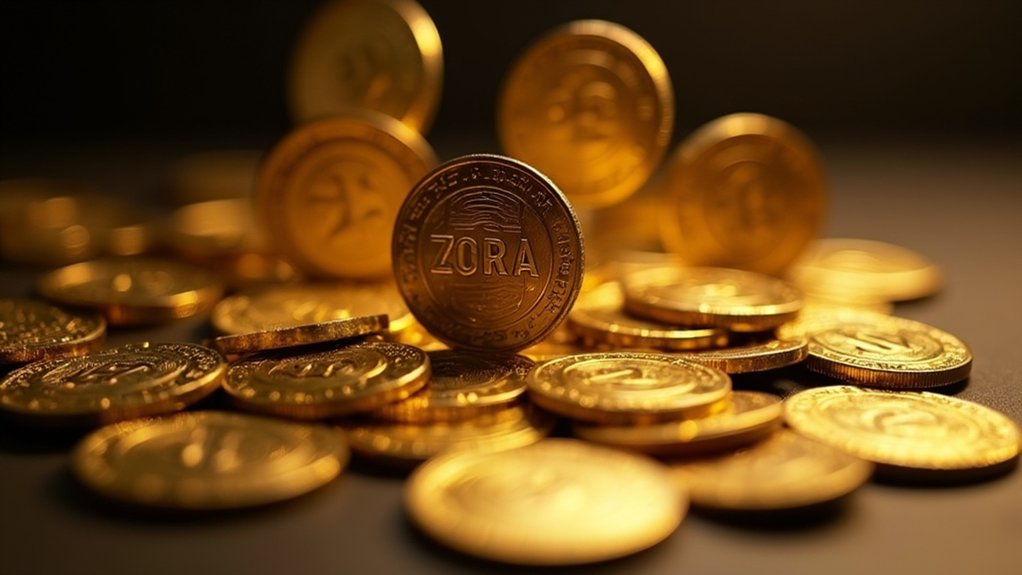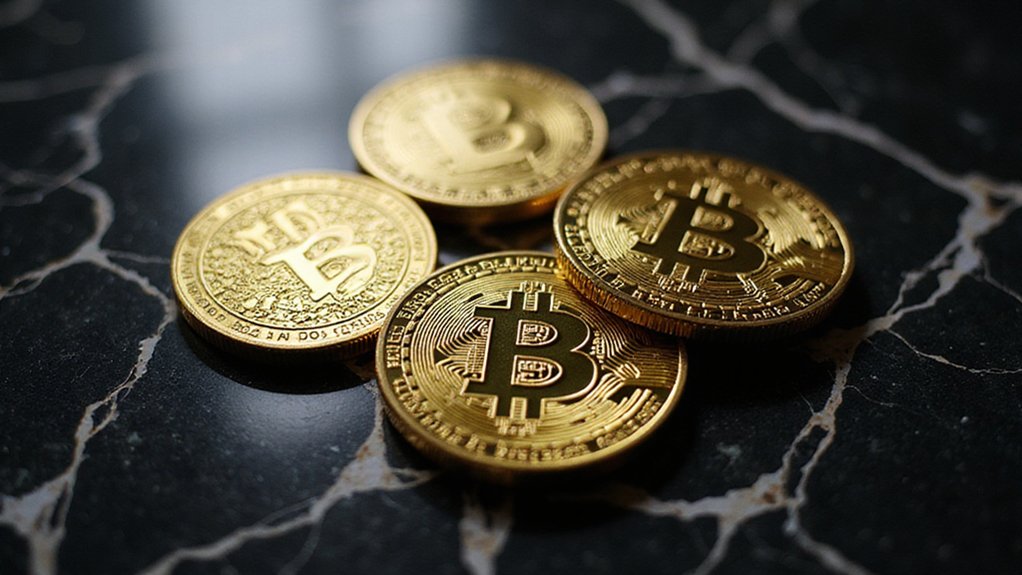While the broader cryptocurrency market continues its characteristic dance between euphoria and despair, altcoins—those digital assets perpetually living in Bitcoin’s imposing shadow—appear positioned for substantial gains by 2025, assuming investors can stomach the inevitable volatility that makes traditional stock market fluctuations look positively sedate.
The bull market trajectory extends through 2025, with anticipated peaks in Q1 and Q4 providing the necessary momentum for altcoins to emerge from their consolidation phases. However, the path forward resembles less a smooth ascent than a rollercoaster designed by someone with a particularly cruel sense of humor—mid-year corrections could slash altcoin values by 60%, creating both terror and opportunity in equal measure.
Bitcoin’s projected rally to $140,000-$180,000 serves as the vital catalyst, with the king of cryptocurrencies expected to reach stratospheric heights before profits inevitably rotate into altcoins. This familiar pattern of Bitcoin dominance followed by altcoin seasons has become as predictable as it is profitable for those with sufficient patience and risk tolerance. Current market sentiment reveals bearish 51% positioning, yet forecasts project Bitcoin climbing to $95,173.66 by April 2025. The network’s underlying strength depends on consistent transaction verification through mining operations that maintain blockchain integrity while distributing new currency rewards.
Specific altcoins demonstrate compelling fundamentals: Sui maintains bullish momentum within defined trading ranges, while Stacks exhibits long-term reversal patterns tied to Bitcoin’s performance. Ethereum’s anticipated climb above $6,000 could lift the entire ecosystem, particularly layer-2 solutions and DeFi protocols that have become integral to the blockchain landscape.
The technological infrastructure supporting this optimism appears robust. Decentralized exchange volumes are projected to surpass $4 trillion by 2025, while layer-2 scaling solutions promise the lower fees and faster transactions that actually make these networks usable rather than merely speculative vehicles. On-chain AI agents are expected to exceed 1 million active participants in 2025, creating new utility and demand for underlying blockchain platforms.
Cross-chain interoperability projects continue expanding ecosystem connectivity, though whether this translates to sustained value creation remains the perpetual question mark hovering over the entire sector.
Perhaps most intriguingly, regulatory developments—including crypto-friendly political appointments—could provide the institutional legitimacy that transforms altcoins from casino chips into legitimate investment vehicles.
Yet investors would be wise to remember that in cryptocurrency markets, the only certainty is uncertainty, and today’s revolutionary blockchain project often becomes tomorrow’s cautionary tale.







